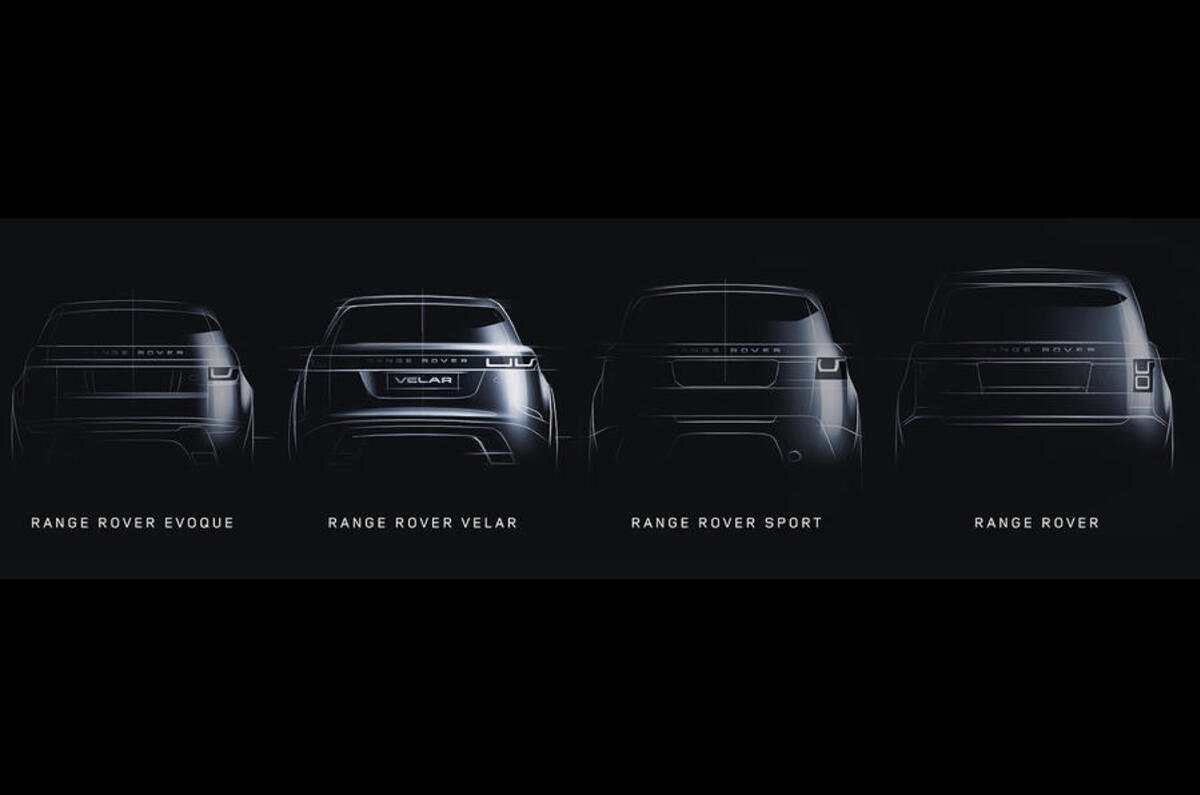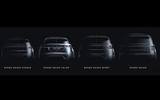To understand why the Range Rover model line-up needs the upcoming Velar, you need only consider the size of the price gap that exists between the Evoque (typical price £40,000) and Range Rover Sport (typical price £80,000).
We've now driven the Range Rover Velar - read our first impression here
In marketing terms, you’re looking at a gap large enough to drive a truck through — but instead, it's JLR’s opposition that has been doing the driving.
Models such as the BMW X6 and Mercedes-Benz GLE are doing great business in a reasonably high-numbers market where people also spend a lot of money on extras.
If Land Rover is to fulfil its mission to be the world’s top luxury SUV specialist, it must surely plug the gaps more generalist rivals have identified — and do it with designs that save it from accusations of a ‘Russian doll’ styling approach.
Besides that, the Velar provides a much-needed opportunity for Land Rover to take a new design direction. The models we’ve seen in recent years have all been beautifully executed but feed off a wedge-roofed, square-backed design style established with the seminal 2008 concept called the LRX.
That model, speculatively penned by Julian Thomson - who is now Jaguar’s head of advanced design - generated such an enormous surge of approval that the company was almost duty-bound to put it into production. It became the Range Rover Evoque in 2011, by which time Land Rover design was headed by its present boss, Gerry McGovern. The Velar is the first chance for McGovern’s team to move away from the norm, which adds fascination.
Read more: Range Rover Velar - first official pictures of new SUV














Join the debate
Add your comment
JLR Velar
Why do they need to do
Brand Can Cope With More Models.
Model Definition & Size